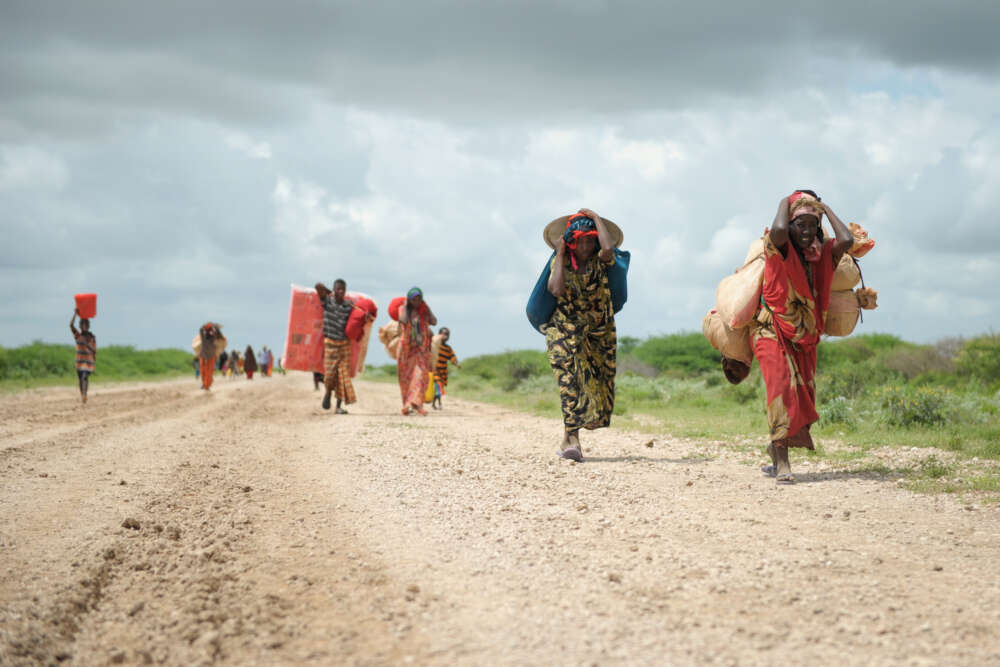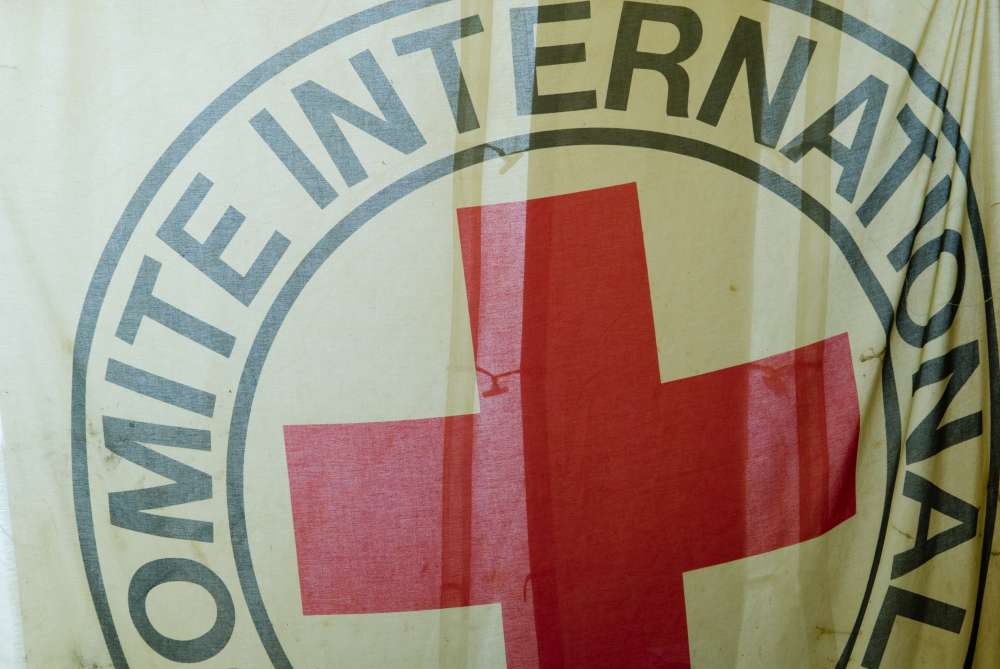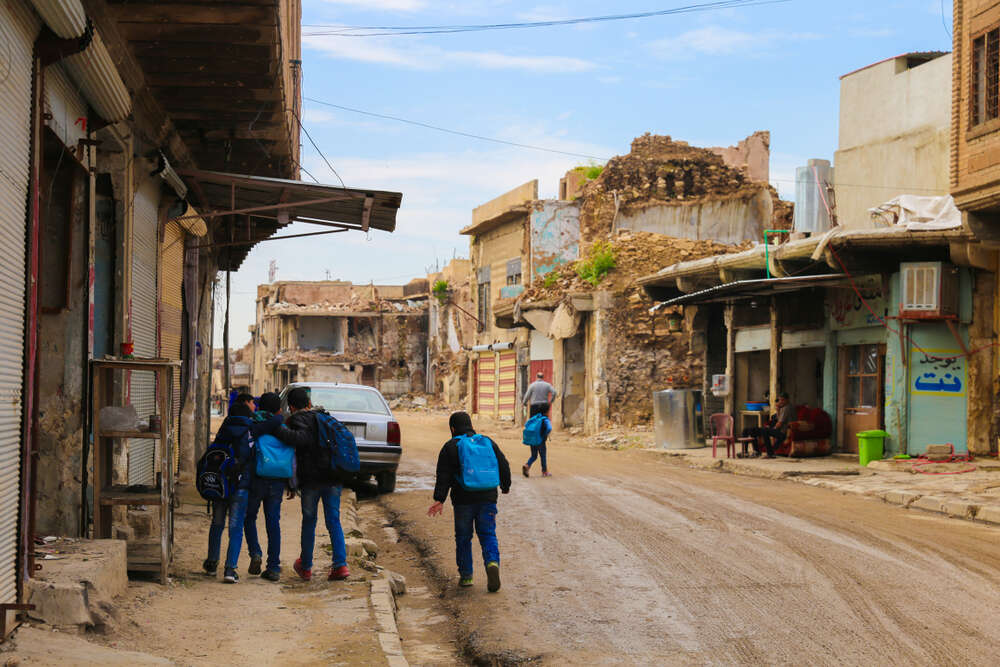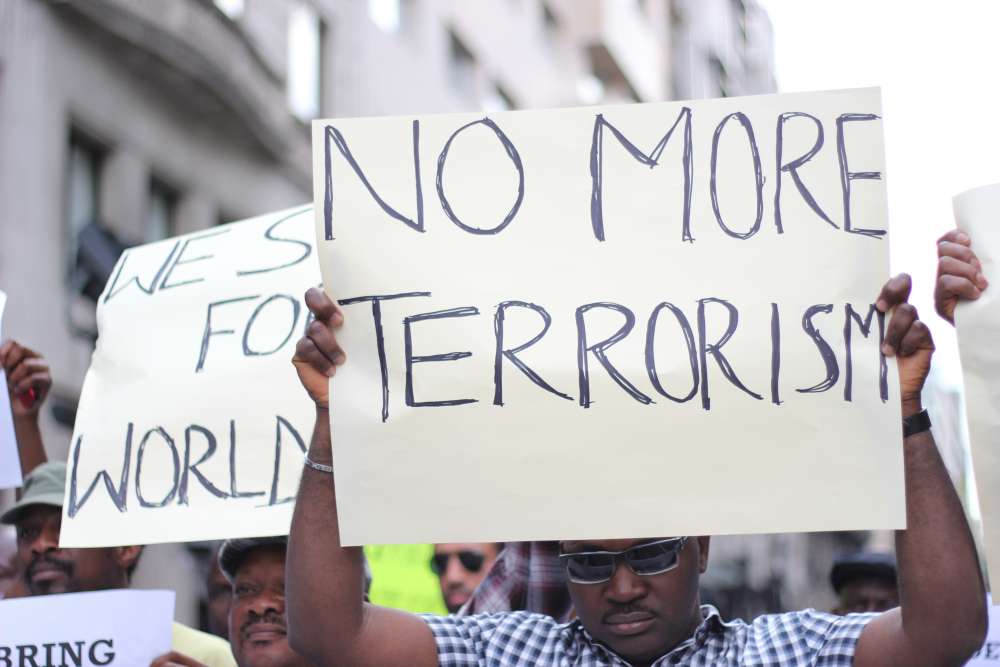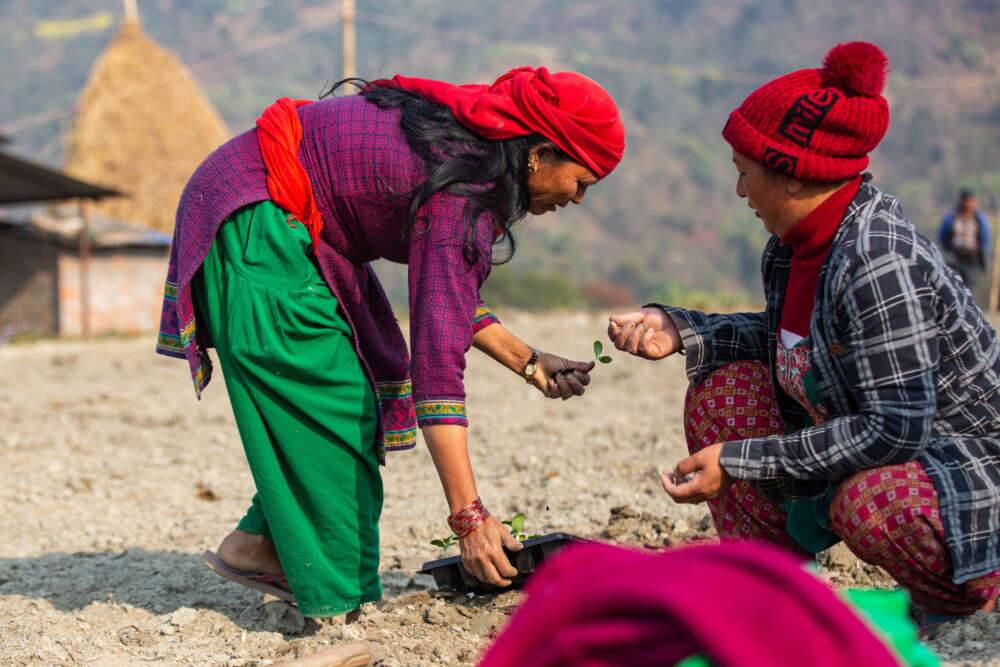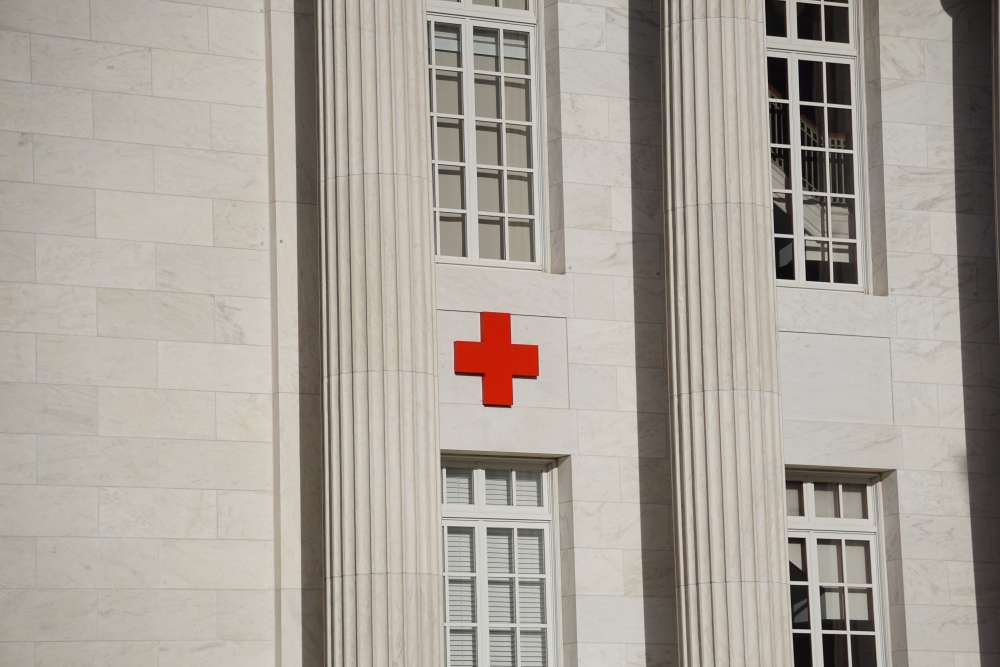The Metrics and Ethics of Protecting Civilians
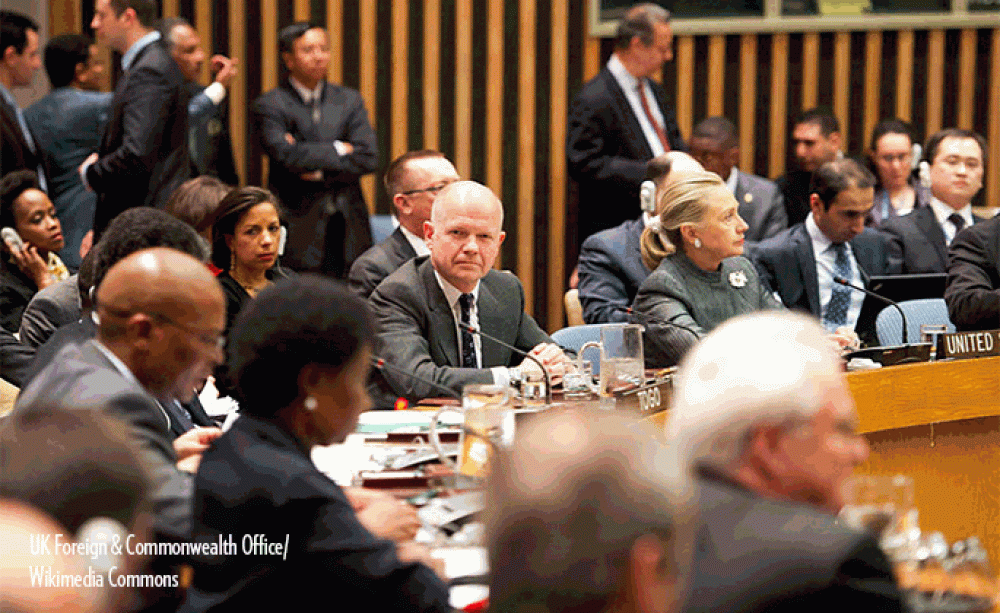
This article asks how success is defined and measured for humanitarian action and military interventions aimed at protecting civilians from violence and harm in situations of armed conflict. It starts by illustrating how humanitarian and military protection actors differ in their ability or willingness to mobilize coercive force to achieve their common goal of protecting civilians. As a second step, it classifies different types of protection activities implemented by these actors. A distinction is made between actions designed to mitigate protection threats and actions that aim at eliminating the underlying causes of violence against civilians.
This classification is important for two reasons. First, it serves to narrow down the problem of complementarity and contradiction between military and humanitarian approaches to protection. Second, it helps to highlight methodological, ethical and epistemological barriers to demonstrating success for specific types of protection interventions. The article concludes by exploring how normative considerations may guide protection policy and practice in the absence of conclusive empirical evidence on what works in protecting civilians.
To read the rest of this piece, you can download the pre-print version of the article or visit Global Responsibility to Protect to access the print article.
